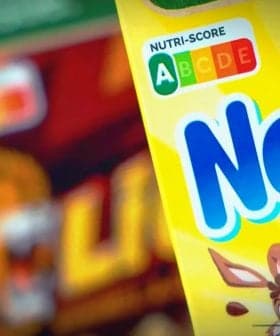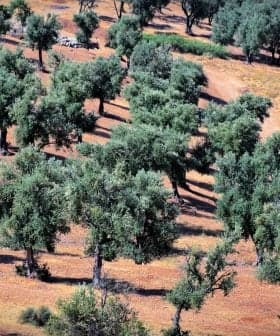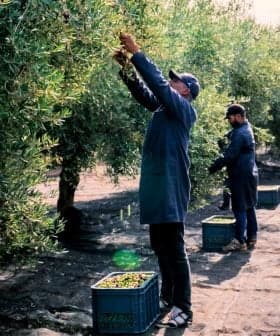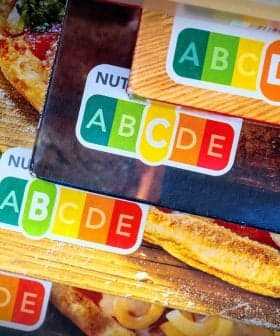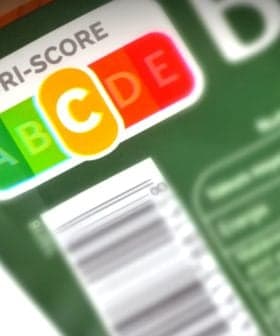Moroccan Study Identifies Nutri-Score As Most Effective Among Five Popular Food Labels
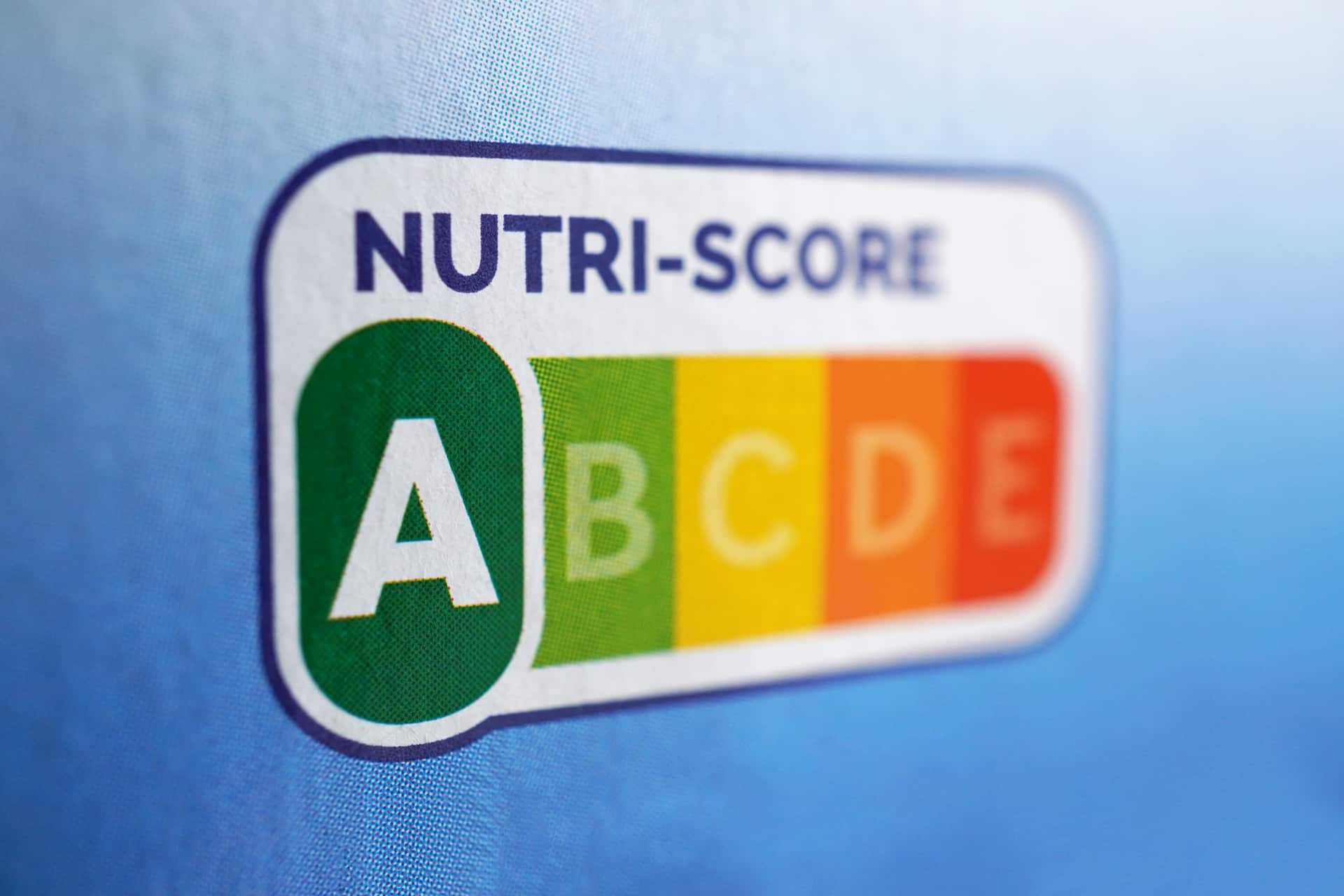
Moroccan researchers found that Nutri-Score was the most effective front-of-pack label in helping consumers make healthier food choices, based on a study involving 814 individuals. The study also highlighted the rising obesity rates in Morocco and the potential implementation of Nutri-Score in the country to improve food choices.
A team of Moroccan researchers said consumers could benefit from introducing a front-of-pack label (FOPL) on the food items sold in supermarkets.
According to a newly published study that investigated the efficacy of five FOPLs, Nutri-Score proved to be the best at helping local consumers make healthier food choices.
Nutri-Score was ranked as the preferred label by 65 percent of the participants. The percentage of participants who improved their food choice (with Nutri-Score) was higher than those who worsened it.
The French-born labeling system classifies food with a combination of colors and letters, from the healthiest “Green A” down to the “Red E.” Olive oil is rated as a “Yellow C.”
Researchers from the Ibn Tofail University, in Kenitra, the World Health Organization (WHO) and the Moroccan Ministry of Health analyzed consumers’ reactions to the different FOPLs, all of which are already used in many countries worldwide.
See Also:Second European Parliament Committee Votes to Exclude Olive Oil From Nutri-ScoreThe researchers put the Health Star Rating, Health warning, Reference Intakes, Multiple Traffic Light and Nutri-Score FOPLs to test to understand how they impacted consumers’ decision-making ability.
The research involved 814 individuals, equally divided among men and women. All participants were recruited for the study in supermarkets and were chosen from different age groups and socioeconomic backgrounds.
Scientists then asked the participants to choose their preferred food from different categories, such as yogurts, cold cuts and biscuits.
“This choice was based on the fact that these are processed foods among the most consumed by the Moroccan population and corresponding to products whose nutritional composition varies greatly,” the scientists said.
Participants had to choose among three products with different nutritional profiles and were then asked to rank them according to their nutritional quality. They performed these tasks without a visible nutritional label. Afterward, they were asked to accomplish the same task with one of the five nutritional labels visible on the food packages.
“Next, the full set of tested labels was presented to the participants who were asked a series of questions regarding their preferences, the attractiveness of the labels, their perceptions, intention to use and the trustworthiness placed in the labels,” the researchers said.
The results showed that Nutri-Score was associated with a greater ability to classify correctly foods based on their nutritional quality.
“Concerning the perception of labels, Nutri-Score is the label that received the highest number of positive responses, whether concerning the ease of being spotted (82 percent), understood (74 percent) and to provide rapid information (69 percent),” the scientists said. “Nutri-Score was ranked as the preferred label by 65 percent of the participants.”
See Also:Nutri-Score Updates“The percentage of participants who improved their food choice was higher than those who worsened it, for all the labels,” the researchers added. “For yogurts and cookies, the most significant improvements were observed for the Nutri-Score and the Reference Intakes.”
In their paper, researchers emphasized how obesity has skyrocketed in Morocco over the past 10 years. According to separate studies, the rate of obesity among adults grew from 13 percent in 2008 to 20 percent in 2018.
Those numbers have led to a series of government programs aimed at improving the quality of consumers’ food choices, some of which are supported by the WHO. The researchers added that Morocco was considering the implementation of Nutri-Score as a result of these studies.
While Nutri-Score is gaining traction in Morocco and several other non-European countries, the FOPL remains a controversial topic in the European Union.
In the last few days, Italian farmers and government officials criticized Nestlé for its announcement of a new pea-based beverage, highlighting its “Green A” rating.
“The fact that such a large company manufactures a food that does not exist naturally and then cheers for its Nutri-Score A rating shows how justified our doubts about that labeling system are,” Gian Marco Centinaio, the undersecretary for the Ministry of Agriculture, said.
“Here we go with a new European madness: after insects in food and water-filled wine, here comes the artificial milk made in a laboratory from peas,” added Giorgia Meloni, president of the conservative Brothers of Italy party, which leads the opposition in the Italian parliament.
“We will fight our battle both in Italy and Europe against the Nutri-Score, which represents a dangerous menace to the Italian agrifood system and a bounty for the multinational companies involved in the supermarket chain,” she said.



